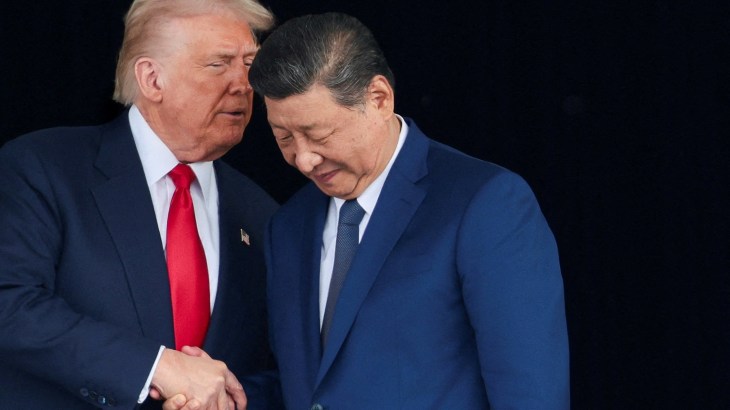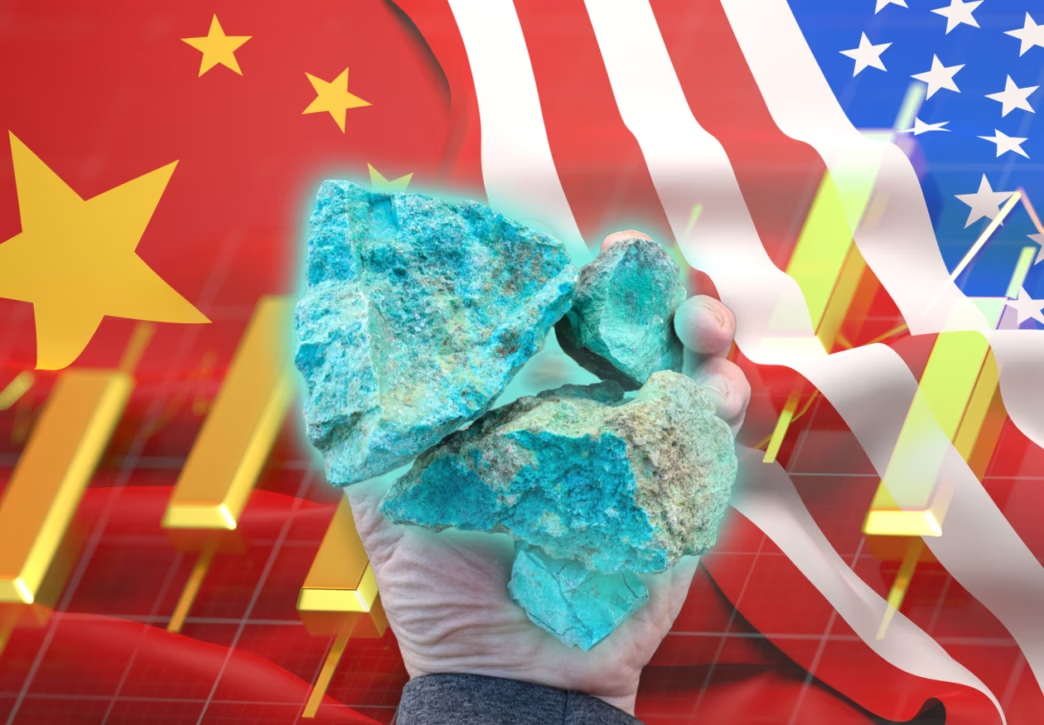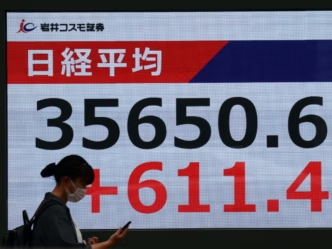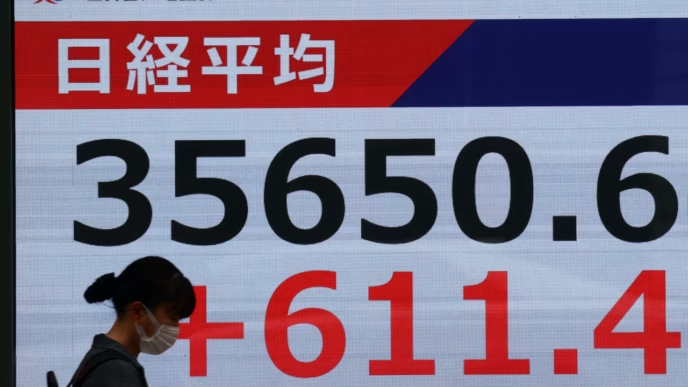The recent trade agreement between the United States and China directly addresses the contentious issue of rare-earth minerals (REs), a major friction point in the ongoing trade dispute.
US negotiators had previously expressed frustration over China’s deliberate delay in fulfilling commitments to liberalise the supply of these critical elements.
This tension was recently exacerbated when Beijing unilaterally expanded its export controls earlier this month.
Under the new deal, China has agreed to roll back the recently imposed restrictions on minerals and related manufacturing materials. However, the initial set of controls implemented in April remains in effect.
The Criticality of Rare-Earth Minerals
Rare earths, a group of 17 metallic elements, are fundamental to modern industrial and military technologies. While the name is a misnomer—the elements are abundant in the Earth’s crust—their extraction and processing are complex, expensive, and environmentally intensive.
These minerals are essential components in daily consumer technology, including smartphones, LED lights, and electric vehicle batteries. Their strategic importance is underscored by their indispensability to the US military, where they are used in advanced defence systems such as F-35 fighter jets, Tomahawk missiles, and satellite technology.

Global Supply Concentration and Trade Leverage
The global supply chain for rare earths is overwhelmingly concentrated in China.
The nation controls approximately 61% of global rare-earth mining and a staggering 92% of the world’s processing and separation capacity.
This dominance creates a profound dependency; between 2020 and 2023, 70% of US imports of rare-earth compounds originated from China.
Beijing has strategically leveraged this near-monopoly in its trade disputes. Its earlier actions this month—which not only added five elements to its export control list but also restricted the export of related manufacturing technologies—were seen as a dramatic escalation.
Experts suggest that China has demonstrated a clear willingness to “weaponise” America’s reliance, particularly concerning heavy rare earths, for which the US currently lacks domestic separation capabilities.
By targeting this strategic supply chain, rare earths became a central focus during the most recent high-level meetings between US and Chinese leadership.


 Trending
Trending 









